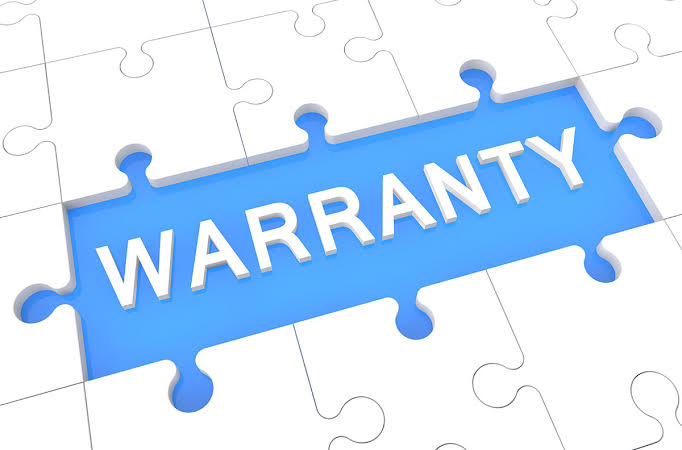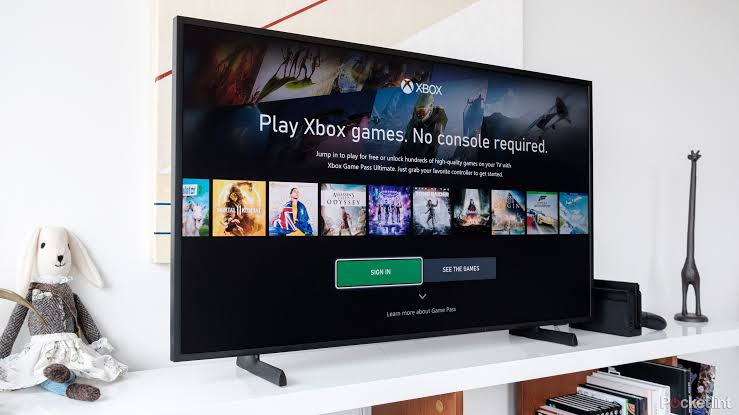A gadget warranty is a form of guarantee provided by a manufacturer or seller, promising to repair or replace a product within a specified period if it malfunctions or fails under normal usage conditions. This coverage often ranges from 6 months to 2 years depending on the product type, manufacturer policy, and region. In Nigeria and many parts of the world as of June 2025, consumer awareness around warranty rights has improved significantly due to enhanced regulations and advocacy. Understanding what the warranty covers and the terms that govern it is essential for every gadget owner.
Types of Warranties Available
There are several types of warranties offered for gadgets. The most common is the manufacturer’s warranty, which usually comes with the product at no extra cost. This type typically covers defects in materials or workmanship. Extended warranties, often purchased separately, provide additional coverage beyond the initial period. Limited warranties only cover specific parts or issues, while lifetime warranties—though rare—offer long-term peace of mind but with strict usage conditions. In 2025, brands like Samsung, Apple, and Huawei have adopted more flexible warranty types to increase customer loyalty.
What Does a Gadget Warranty Typically Cover?
A standard warranty often covers mechanical and electrical faults that occur under normal usage. For example, if your smartphone’s screen suddenly stops responding or your laptop fails to power on due to internal hardware failure, these are typically covered. However, most warranties exclude damages caused by water, falls, or unauthorized repairs. With the introduction of newer smart devices in 2025, many manufacturers now include coverage for software malfunctions and firmware issues, especially for wearables and smart home gadgets.
Limitations and Exclusions to Be Aware Of
While warranties offer a safety net, there are significant limitations. Accidental damage, cosmetic wear and tear, and unauthorized tampering usually void the warranty. In many cases, the warranty is only valid if the gadget is used in the country it was purchased, which affects people who buy imported devices. In 2025, Nigerian consumers must especially verify if their international purchases come with global warranties. Also, if users root their devices or install unofficial software, the warranty is generally void.
Understanding Support Services Alongside Warranty
Support services often go hand-in-hand with warranty coverage. These services include customer care, online chat support, diagnostics, and physical servicing at authorized centers. Brands like Apple and Xiaomi now offer remote support and AI-driven troubleshooting tools that guide users before they visit a service center. In Nigeria, companies like SLOT and Carlcare provide third-party support for multiple brands, making them essential players in post-purchase gadget care in 2025. Understanding the available support ecosystem is critical for reducing repair times and ensuring authentic servicing.
Steps to Take When Your Gadget Develops a Fault
If your gadget stops functioning properly, the first step is to locate your proof of purchase and check the warranty validity. Next, contact the manufacturer’s customer support or visit an authorized service center. Explain the problem in detail and avoid trying to repair it yourself. In 2025, many brands also allow you to initiate a service request online, with door-to-door pickup services now common in urban areas like Lagos, Abuja, and Port Harcourt. Documenting the problem with pictures or videos before submitting the gadget can also help your claim process.
How to Check If Your Gadget Is Still Under Warranty
Manufacturers now make it easy to verify warranty status. Most allow users to input the gadget’s serial number or IMEI on their official websites. Apple, for example, provides a dedicated page to check coverage. Samsung users in 2025 can use the Samsung Members app for warranty status and support. Nigerian retailers often provide digital receipts, which further simplify this verification process. Always keep a copy of your purchase invoice or e-receipt for reference.
The Role of Third-Party Warranty Providers
In recent years, especially by mid-2025, third-party warranty services have gained popularity. These providers offer extended or supplementary warranties after the manufacturer’s coverage expires. Brands like SureSure, EasyCare, and others operating in Nigeria partner with retail chains and offer tailored plans for smartphones, laptops, and home gadgets. These third-party warranties may cover accidental damage, theft, or extended support beyond standard terms, though users must read the fine print to understand exclusions and claim procedures.
Repair vs Replacement Policies
Warranty claims can lead to either repairs or complete replacements, depending on the severity of the fault and the manufacturer’s policy. Some companies may choose to refurbish and return the product, while others might replace it entirely if the issue cannot be fixed within a reasonable time. In 2025, policies are gradually shifting to favour quicker replacements, especially with high-end devices where downtime can affect productivity. However, users should clarify these policies before buying the product, especially for expensive gadgets.
Tips for Protecting Your Warranty Coverage
To ensure your gadget remains under warranty, avoid rooting, jailbreaking, or modifying its software. Always use certified accessories and chargers, as incompatible components can damage your device and void the warranty. Store your proof of purchase in both physical and digital formats. In 2025, several Nigerian fintech platforms now store digital receipts for gadgets bought through them, helping users file claims easily. Keeping the original box, manuals, and packaging can also be helpful when claiming warranty.
The Importance of Understanding Local Consumer Rights
Consumer rights vary from country to country. In Nigeria, the Federal Competition and Consumer Protection Commission (FCCPC) ensures that consumers are not misled or exploited. In 2025, the agency has stepped up campaigns educating buyers on their rights regarding product warranties, including the right to replacement or refund within a reasonable time if a product is defective. Familiarity with these local regulations empowers consumers to demand fair treatment and hold companies accountable.
Conclusion: Making the Most of Your Gadget Warranty
Understanding your gadget warranty and available support services is no longer optional in 2025—it is a necessity. As gadgets become more expensive and complex, buyers must protect their investments by being fully informed. From knowing what is covered, to identifying authorized service centers and recognizing the value of extended or third-party warranties, being proactive is key. Equipped with the right knowledge, consumers can avoid unnecessary expenses and enjoy uninterrupted use of their devices for years.



